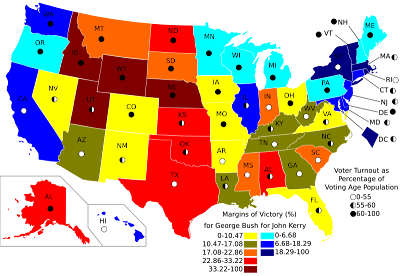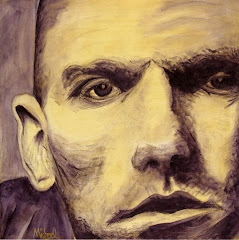
A mental map is an individual’s perception of their world. Every person has an internal view of the world around them. A mental map can be the way each person orders the space around them. Think of the last time you asked directions. Did you understand the directions the person gave you, or did they add a lot of useless knowledge to their directions? A mental map can be a list of things in a person’s world they feel are important, like their favorite musicians. I’ve included a mental map I painted recently of some of my favorite musicians. The musicians, from top left, are: Elton John, Stevie Nicks, Janis Joplin, Kurt Cobain, Johnny Cash, Led Zeppelin, Elvis, Bob Dylan, The Rolling Stones, Michael Stipe, Alanis Morrisette, Jim Morrison, AC/DC, Billy Joel, Chuck Berry, John Lennon, Paul McCartney, Ringo Starr, George Harrison, Bruce Springsteen, The Beatles, Mick Jagger, The Eagles, Bob Seger, Sheryl Crow, Neil Young, Ray Charles, Eric Clapton Tom Petty, Bob Marley, Michael Jackson and Lucinda Williams.






























